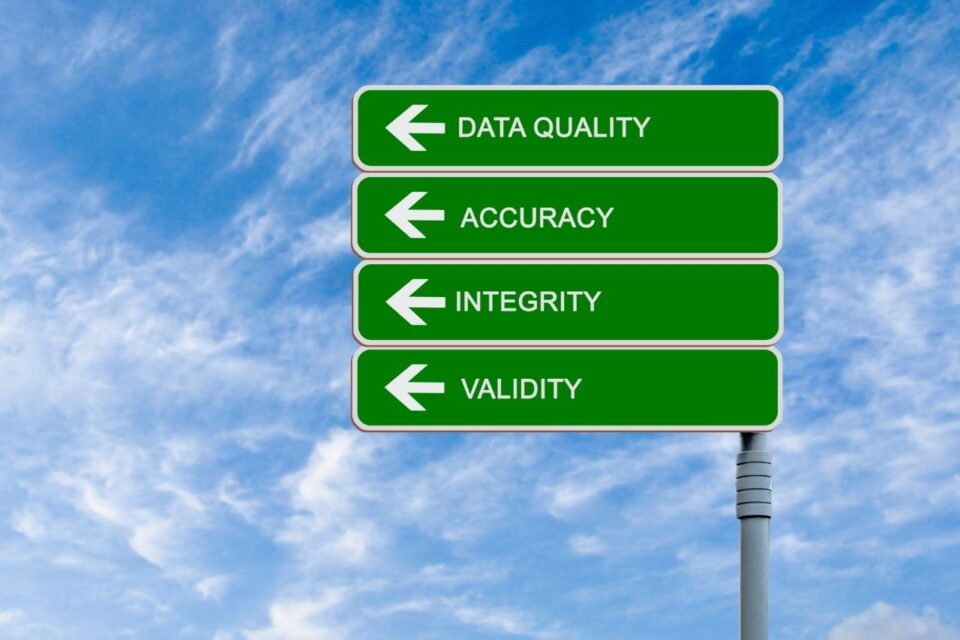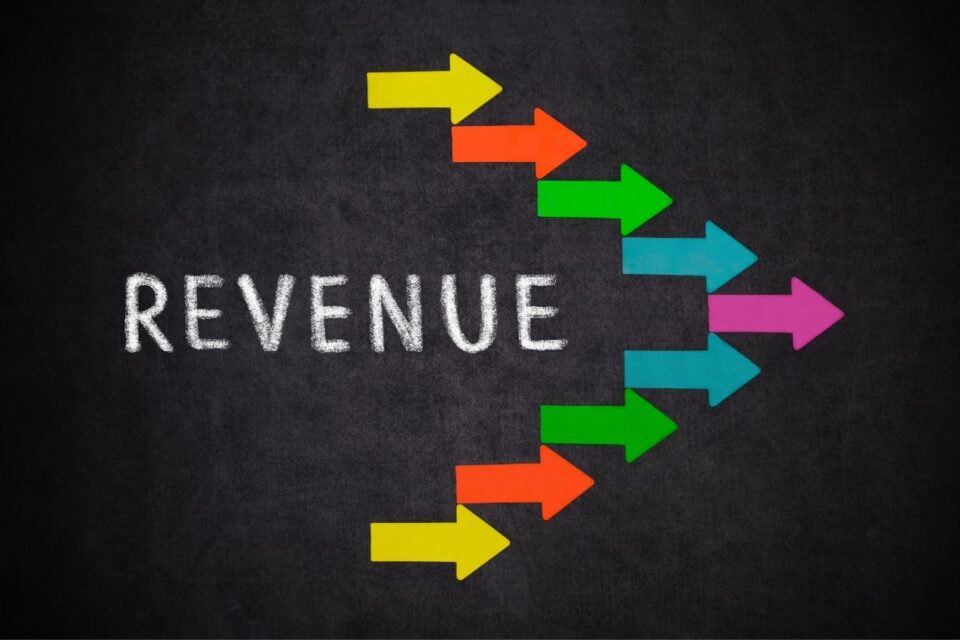
[WHY] 21% of Hospitals Are At Risk of Closing
May 9, 2019
[Shocking] 90% of Providers use Paper and Manual Processes for Patient Collections
June 3, 2019The issue of patient balances is among the major concerns for revenue cycle. As per studies conducted in 2018, nearly 85% of covered workers had an average deductible of around $1573.
The 9th annual InstaMed Trends in Healthcare Payments state that approximately 56% of patients are unable to pay the medical bill of more than $1000.
The battle between digital and paper
The client solution by InstaMed is to opt for the electronic route for increasing the collections.
Most people own smartphones these days. Why not use the phones for something other than merely keeping tabs on your messages? Why can’t billing be made accessible on smartphones? More than 90% of providers still use paper bills.
As per Michael Rawdon who is part of the St. Luke’s health system as the senior director of Revenue Cycle and Patient experience, paper billing is preferred by most of the people, and many make their payments in cash. Following the decision of revising the mailed statement, St. Luke’s found an increase of about 10 to 12% in the people who paid their bills.
This is the time of consumerism. It is up to the consumer to decide what he wants. However, it is equally important to make sure that payments are made faster.
The director of Revenue Operations and Patient Access of Health First, Michelle Fox, stated that the providers were well aware of the benefits of digital billing and yet still used paper for the purpose. The cost to collect is reduced via digital, and the financial experience is enhanced significantly.
The mechanism of work at Health First
Health First decided that it was time to use electronic estimates for getting upfront collections. A point-of-service collection process is done wherein the financial data of the patient is assembled, including all the services and payers.
The provider gets details regarding the insurance eligibility of the patient, verification of his benefits, deductibles and coinsurance, among other things before rendering the services.
The patient is then provided with an estimate which contains detailed information about the benefits along with the amount he owes, followed by the demand for upfront payment. Health First witnessed an increase of 27% in its up-front collections following this practice.
When the payment is collected before or during the time that the service is acquired, there is less chance of the amount being written off as debt. Thus, the cost to collect is decreased while the inpatient payments increase.
An effective solution
More than 69% of providers have experienced an increase in the responsibility of patients during the period from 2017 to 2018. Nearly 67% of them are worried about collections.
Collections take over a month for 77% of these providers. Under these situations, up-front collections seem to be the most suitable option.
A digital method is offered by InstaMed for electronic payments, which are initiated when the patient checks-in for the first time. The patient can use his phone for creating the account as he waits. Credit card information will also be required for secure automatic payments. Most people have responded favorably to this form of payment.
Do you want to increase your bottom line? Learn how our software is saving other organizations $$MILLIONS!
If you are interested in a free demo of our AllPayor® Software, please go HERE or you can register for a FREE webinar HERE





